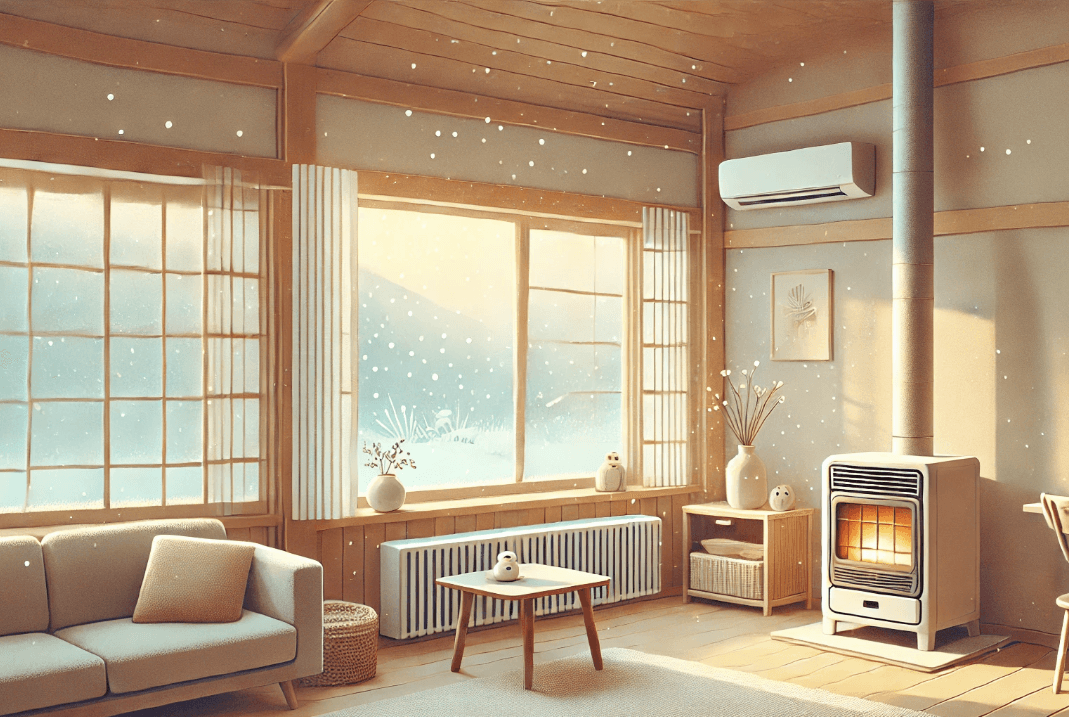A new research led by Assistant Professor Wataru Umishio from Science Tokyo highlights the health and economic advantages of having well-insulated homes in Japan. This is particularly important in reducing the risk of cardiovascular diseases (CVDs) during the cold season.
The Risks of Cold Indoor Temperatures
Low indoor temperatures can cause a rise in blood pressure, increasing the likelihood of hypertension and CVDs. This is a significant issue in Japan, where many residences fall below the World Health Organization’s suggested minimum temperature of 18°C. The research examined different insulation enhancements to determine their cost-effectiveness regarding indoor temperature improvements and the decrease of medical costs linked to CVDs.
Methodology and Findings
The research team analyzed information from Japan’s health survey to create scenarios involving 100,000 virtual couples, concentrating on insulation improvements made at age 40 and retrofitting homes at age 60. Findings indicated that making insulation upgrades when buying a home could raise healthy life expectancy by as much as 0.48 QALYs (quality-adjusted life years) and recover up to 74% of insulation expenses through lowered medical bills. In contrast, retrofitting was not as financially viable, suggesting that partial insulation might be a more budget-friendly option.
Implications for Policy and Health
This study illustrates that well-insulated and warm homes not only lower the chances of CVDs but also contribute to overall health objectives. They could significantly help in avoiding respiratory problems as well. The insights from this research might assist policymakers in advancing housing upgrades that are in line with the Sustainable Development Goals (a formal set of global objectives set by the United Nations) regarding health, inequality, sustainable cities, and climate action. Thus, promoting warmer homes could serve as a strategy to mitigate health risks during the winter months.
BMJ Public Health via EurekAlert



Leave a Reply